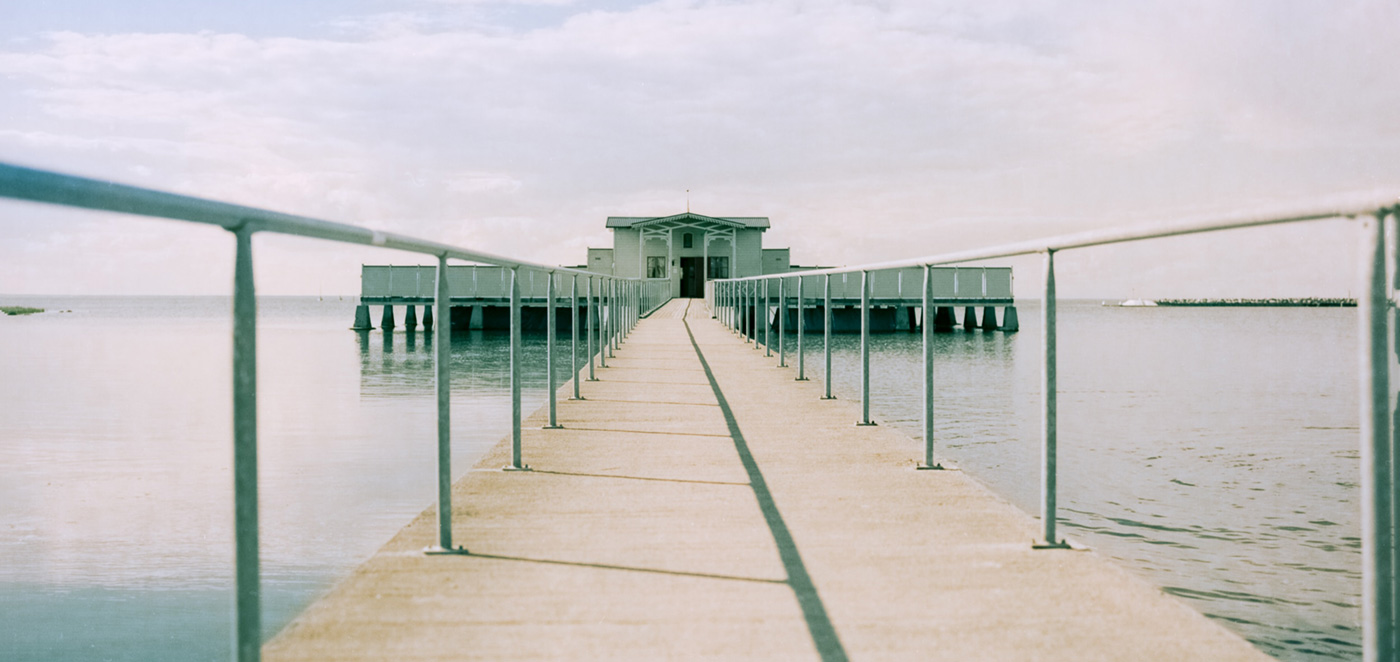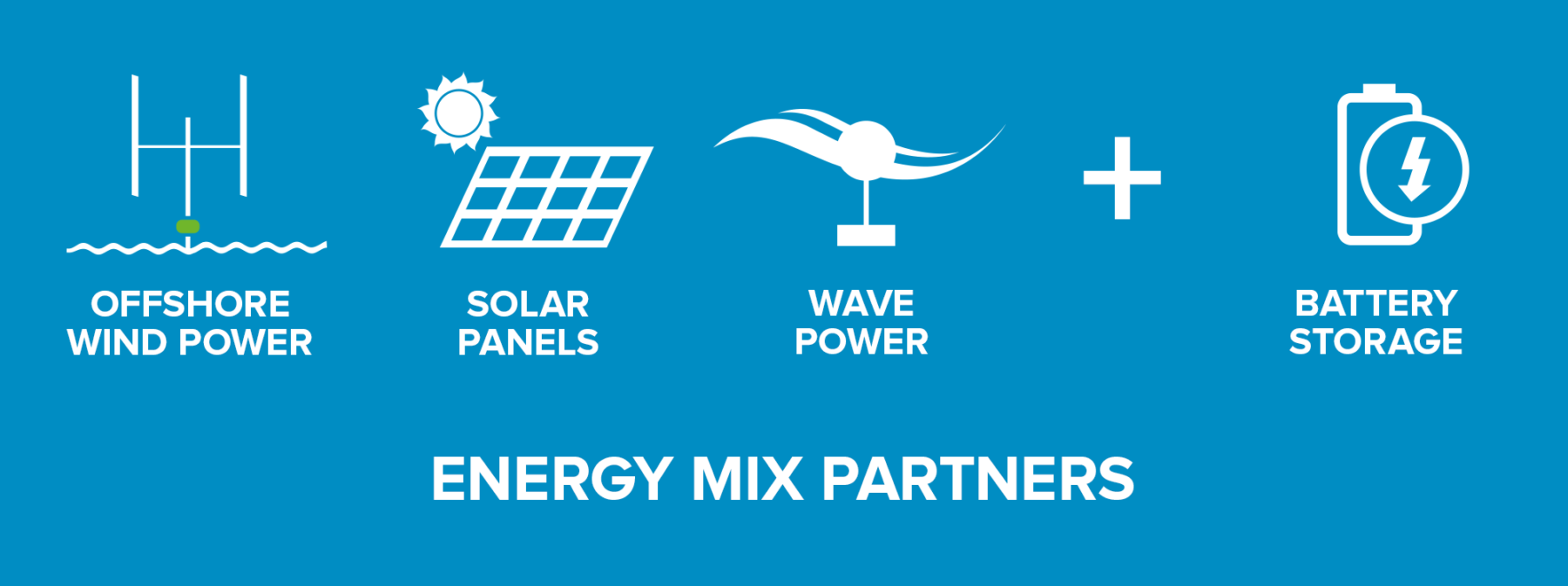About SeaTwirl
The Challenge
SeaTwirl and our planet is facing a global challenge. We want to make our contribution to eliminate the use of fossil fuels and significantly reduce its devastating long-term effects on the environment and all other life forms. We firmly believe that our work will make a difference. We define the challenge as addressing three important goals:
CO2 reduction
2°C cap
Good life

SeaTwirl has a clear vision for the future
SeaTwirl’s vision is to become a leading supplier of floating offshore wind turbines. The company’s unique floating wind turbine is simple and robust and has few moving parts. This suits the conditions at sea and minimizes the need for maintenance, leading to less downtime and more operating hours.
Offshore wind is a fast growing mode of energy production with unique properties. The high capacity factor, low variability and favorable seasonal pattern, with higher production during winter in Europe, USA and China, lead the International Energy Agency (IEA) to place in its own category: variable baseload. The potential for buildout is enormous while costs are relatively low.
Commercial offshore wind power is currently foundation based. This means that areas which can be developed for offshore wind power are limited to shallow waters. It is not economically feasible to build in water deeper than approx. 50-60 metres. Therefore, the next step is floating wind turbines, which is evident when countries like Scotland award licenses for new commercial windfarms.
SeaTwirl has a unique and patented solution for floating wind power. This is while each constituting part of the turbine is proven technology. Most floating concepts being tested are traditional horizontal-axis turbines mounted on some form of floating structure. A lot suggests though, that vertical-axis wind turbines are more suitable for marine environments. The simplicity of the design and low centre of gravity are the big advantages. All moving parts and electrical systems are easily accessible close to the water’s surface, lowering maintenance costs.
Above all, vertical axis turbines display better properties when grouped together in parks. Studies show that turbines place close together increase each other’s performance, and a white paper produced for SeaTwirl demonstrated that they can be placed much closer together, increasing the energy production for a given area.
SeaTwirl’s vertical axis solution is a simple, robust and cost-effective design that leads to lower service and maintenance costs compared with other traditional wind turbines. Together with the properties displayed at park level, SeaTwirl has a very competitive solution to offer developers of future floating windfarms.
Lower LCOE with SeaTwirl
Sandia Labs (a leading renewable energy research institute) has concluded that offshore vertical-axis wind turbines will have a 20% lower LCOE (Levelized Cost of Energy) than horizontal-axis wind turbines. This correlates well with LCOE estimates carried out for SeaTwirl, resulting in an average estimation of 21% lower LCOE. Read more here (info sheet from SeaTwirl, 2020).

Partners in the energy mix
There are competing solutions for green energy production. At SeaTwirl we move beyond diesel and a mix of energy sources seems to be the way of the future.
We are excited to see different types of renewables as complementary energy sources and possible partners, not as competitors. Adding a storage solution can also help forming a sustainable renewable energy system.